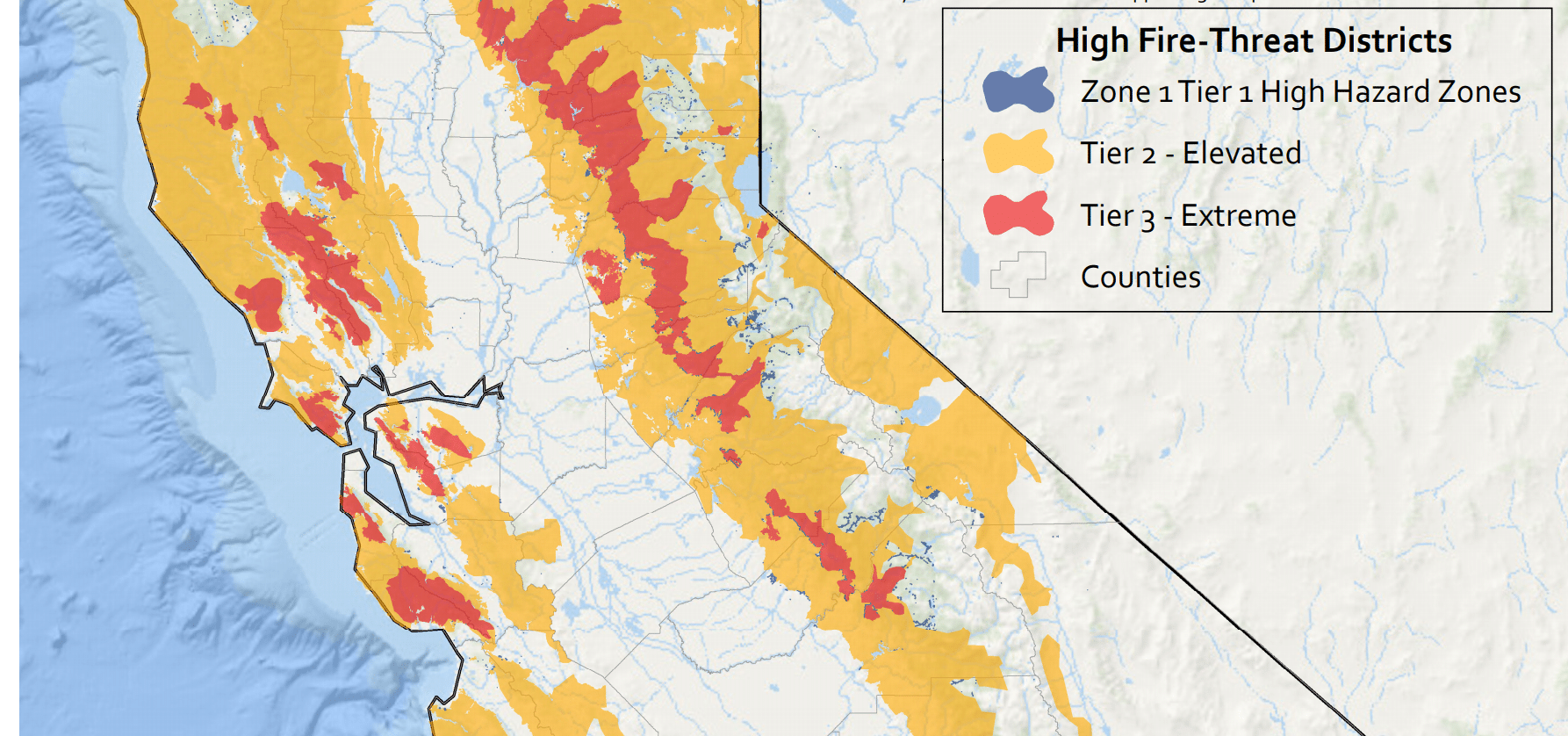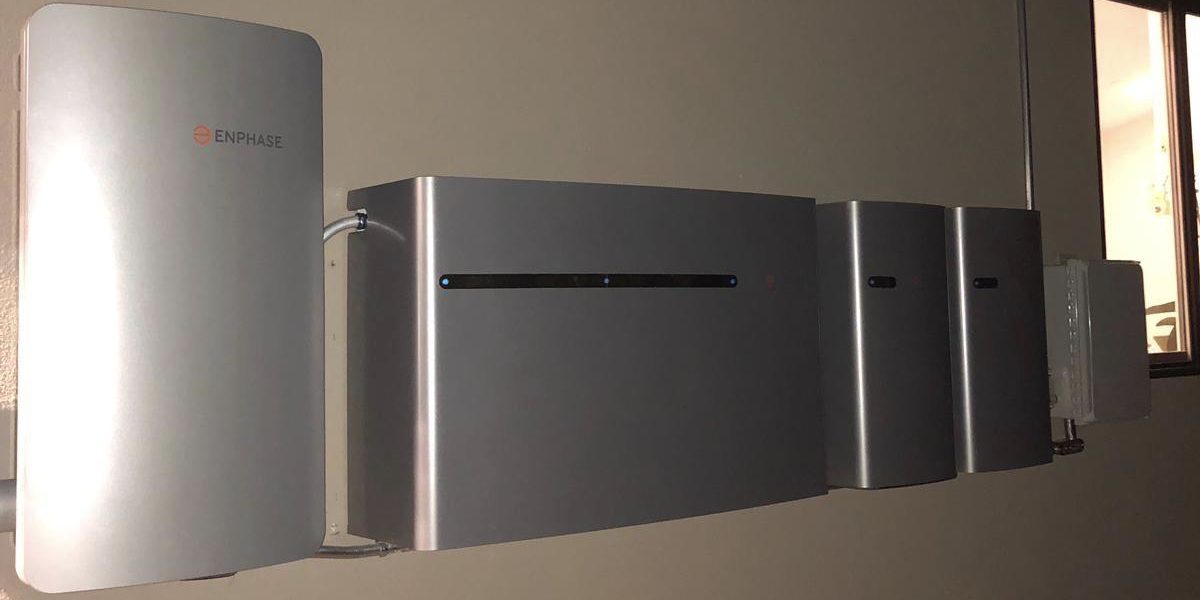There’s a lot of energy storage work to keep up with in California. There are regulatory shifts allowing net metered DC coupled solar+storage and adjusting how large energy storage can stack revenue. As well of course, the California home mandate pushing grid connected and manageable energy storage. Throw in an aggressive push away from fossils as well fires, and we have thousands of small scale solar+storage project requests, a home energy storage battery boom, utilities seeking large installs of large volumes of storage real fast, and record priced deals. And at the end of this, the state does see solar+storage domination.
On Wednesday, a new proposal was submitted by the California Public Utility Commission (CPUC) to shift 63% of 2020 to 2024 ratepayer collections for energy storage within the Self Generation Incentive Program (SGIP), towards an Equity Resiliency program. The purpose of the program is to support energy storage deployment in locations with critical resilience needs and specified “High Fire Threat Districts” (HFTD) that will bear the brunt of Power Safety Power Shutoff (PSPS) events. The program is legislated to begin accepting applications no later than April 1, 2020.
A full set of high resolution maps, which the below image is cut from, can be found on this California Public Utility Commission (CPUC) website. Including among the links is an address searchable map.

The Equity Resiliency Decision defines (located on sections 6.2/6.2.2/6.2.3 starting on page 35 of the document) residential customers with critical resiliency needs as:
customers residing in a Tier 3 or Tier 2 HFTD and one of the following: (1) eligible for the equity budget; (2) eligible for the medical baseline program, as defined in D.86087, 80 CPUC 182: or, (3) a customer that has notified their utility of serious illness or condition that could become life-threatening if electricity is disconnected, as defined in D.12-03-054.18
The Equity Resiliency Decision defines non-residential customers with critical resiliency needs as those located in a Tier 3 or Tier 2 HFTD that that provide critical facilities to a community located in a Tier 3 or Tier 2 HFTD and eligible for the equity budget.
Some of these critical facilities were defined as meters directly serving grocery stores, corner stores, markets and supermarkets, if the customer has average annual gross receipts of $15 million or less, over the last three tax years, as well independent living centers, food banks, and, households that rely on electric-pump wells for their water supply.
The decision also expands eligibility for the equity resiliency budget by adding customers whose electricity was shut off during two or more discrete PSPS events prior to the date of application for SGIP incentives.

Going forward, the program dictates that Pacific Gas and Electric Company, Southern California Edison Company, Southern California Gas Company and San Diego Gas and Electric Company annually collect $166 million from 2020 through 2024 for the SGIP, totalling $830 million in the above chart. From this, the Equity Resilience budget will be funded with $513 million.
This content is protected by copyright and may not be reused. If you want to cooperate with us and would like to reuse some of our content, please contact: editors@pv-magazine.com.








By submitting this form you agree to pv magazine using your data for the purposes of publishing your comment.
Your personal data will only be disclosed or otherwise transmitted to third parties for the purposes of spam filtering or if this is necessary for technical maintenance of the website. Any other transfer to third parties will not take place unless this is justified on the basis of applicable data protection regulations or if pv magazine is legally obliged to do so.
You may revoke this consent at any time with effect for the future, in which case your personal data will be deleted immediately. Otherwise, your data will be deleted if pv magazine has processed your request or the purpose of data storage is fulfilled.
Further information on data privacy can be found in our Data Protection Policy.